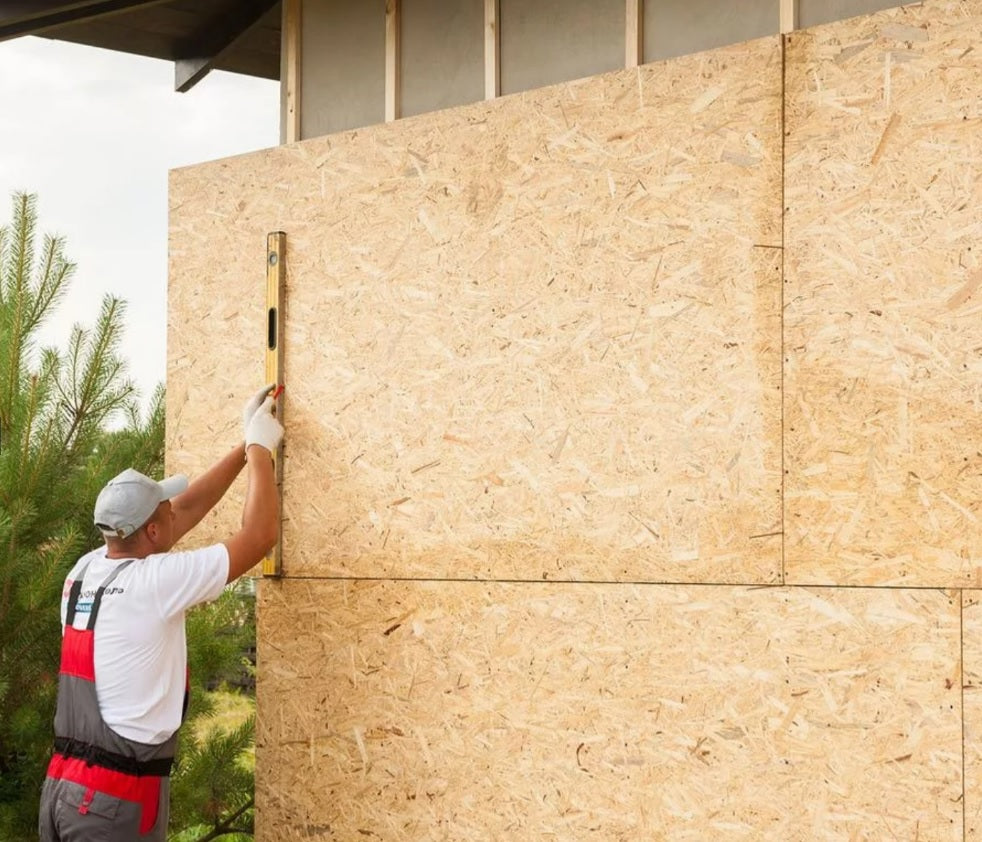
In the construction industry, the development of insulated panels has been marked by a remarkable journey of innovation. From humble beginnings to state-of-the-art technologies, the evolution of insulated panels has been driven by the constant pursuit of enhanced building efficiency, sustainability, and performance. This article explores the fascinating history and transformative innovations that have shaped the evolution of insulated panels, highlighting key milestones and advancements.
Origins Of Insulated Panels
Insulated panels, also known as sandwich panels, have origins dating back to the early 20th century. The concept of sandwich construction, which involves layers of insulation sandwiched between structural facings, emerged as a solution to address both thermal insulation and structural requirements simultaneously. Early iterations utilized materials such as wood, cork, and paperboard for insulation, encapsulated within metal or wood facings.
Introduction Of Metal Insulated Panels (MIPS)
A significant advancement in the evolution of insulated panels was the introduction of metal insulated panels (MIPs) in the mid-20th century. MIPs revolutionized the construction industry by offering superior thermal performance, durability, and versatility. These panels gained popularity due to their ability to provide effective insulation in a wide range of building applications.
Advancements In Insulation Technologies
As the demand for energy-efficient buildings grew, so did the need for advanced insulation technologies. Many sip panel manufacturers responded by investing in research and development to enhance the thermal performance of insulated panels. The incorporation of high-performance insulation materials such as polyurethane foam and mineral wool significantly improved the insulating properties of panels, enabling buildings to achieve higher levels of energy efficiency.
Sustainability And Environmental Responsibility
The building sector has recently shifted its attention to sustainability, which has prompted more and more firms to use environmentally friendly products and methods. Using recycled materials, optimizing industrial processes, and promoting energy-efficient building designs are ways that people are trying to overcome their influence on the environment. Insulated panels have evolved in response to this trend towards sustainability, with a focus on using more environmentally friendly materials and production methods.
Integration Of Advanced Technologies
The evolution of insulated panels has been further propelled by the integration of advanced technologies such as digital fabrication, computer-aided design (CAD), and Building Information Modeling (BIM). These technologies have enabled manufacturers to optimize panel designs, streamline production processes, and customize solutions to meet the specific requirements of each project. The result is greater efficiency, accuracy, and flexibility in panel manufacturing and installation.
Enhanced Performance And Durability
In addition to thermal insulation, modern controlled environment panels are engineered to deliver enhanced performance in areas such as fire resistance, sound insulation, and structural integrity. To make sure insulated panels can withstand the test of time and still pass muster with building code inspectors, their performance and durability have been under constant development.
Adoption Across Diverse Applications
Insulated panels’ adaptability and versatility have made them popular for a variety of uses, involves residential, institutional, commercial, and industrial construction. Insulated panels offer effective and sustainable solutions for several demands, making them a vital part of modern building design. This is true across a wide range of building types, from warehouses and cold storage facilities to offices and residential buildings.
Future Directions And Innovations
Looking ahead, the evolution of insulated panels is expected to continue as new technologies and materials emerge. There is ongoing research and development aimed at further enhancing the performance, sustainability, and resilience of insulated panels. Future innovations may include the development of smart panels equipped with sensors and IoT connectivity, as well as advancements in bio-based insulation materials to reduce environmental impact.
Conclusion
The evolution of insulated panels from simple sandwich constructions to sophisticated building envelopes reflects a journey of continuous innovation and improvement. As the construction industry evolves, so too will the technology and materials used in building construction. The ongoing collaboration between industry stakeholders, manufacturers, and innovators promises to drive further advancements in insulated panel technology, shaping the future of sustainable and efficient building construction.










